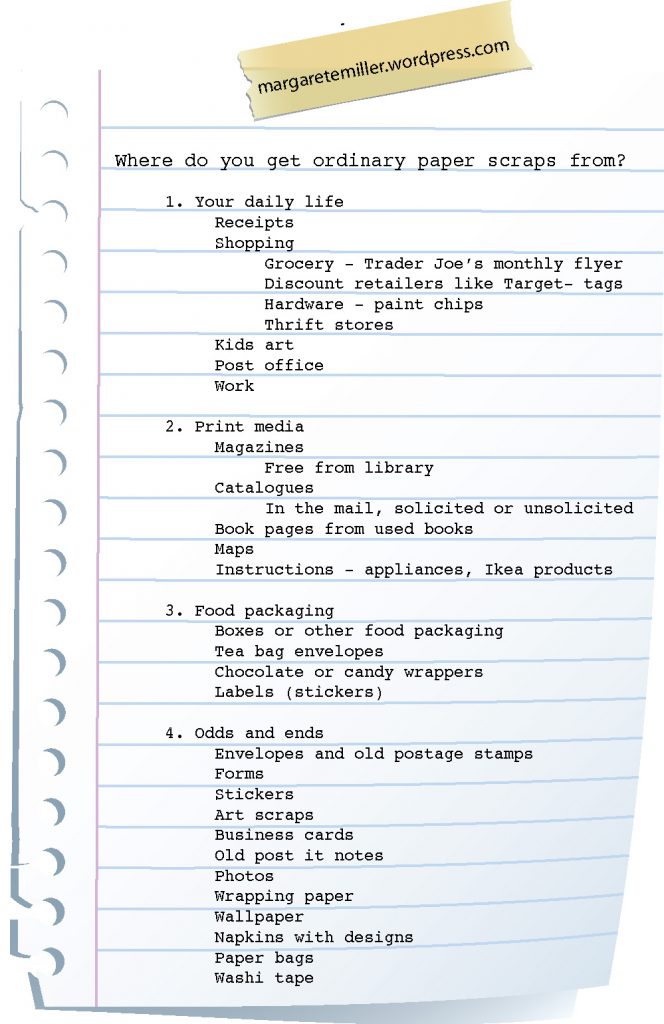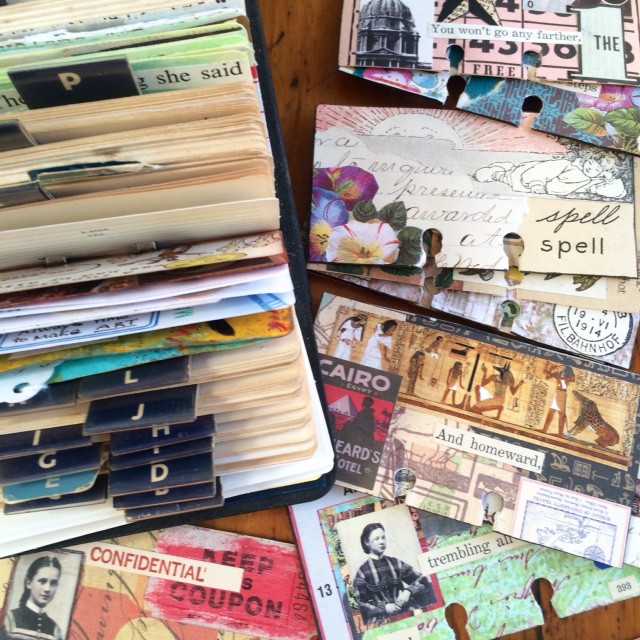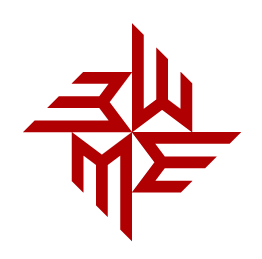Getting started with collage art
Collage art has become a very important type of art that I work on. The more I do it, the more I love it. When I started doing collages a few years ago I had no idea how to begin or what to do. Now that I have reached a stage where I am much more comfortable and confident in creating collage art, I’d like to pass along some advice for anyone who is new to collaging, or looking for new inspiration to do collage art and glue books.
Based on feedback comments on my youtube videos, I see two types of groups interested in collage art. First are people who have valuable, family history pieces like photos, letters or documents, and want to display them in some kind of collection, like in a journal for example.
Second, are people who simply want to use up scraps, images they’ve torn from magazines, leftover project remnants, or whatever paper ephemera they have on hand to fill up a page. It’s this second group I will be focusing on in this post (I’ll get to the first group at another time).
Collage art with random scraps
One of the great things about doing art is the sense of accomplishment after a project is done. I feel that sense of accomplishment after I complete a collage, and it doesn’t matter how big or how little it is. A collage can be done on a canvas or a journal page. It can also be done on a postcard, index card, or a playing card. It can be great for people who feel like they don’t have a lot of time to devote to art but feel the need to do something creative.
Here are collages on index cards.
A low stress, exercise collage book, as a way to relax and have fun using up scraps is a great project to take up. It’s also a great place for you to experiment with your creativity and practice improving on how you put your collages together. You won’t always love what you create but practicing what you do will make you better.
What kind of paper should you use for gluebooks and collaging?
For me it’s good to have a mix of things like text, illustrations, images, color, black and white, paint, handwriting, etc, but paper choice is arbitrary. As individuals we are drawn to things that interest us. The reason why you like something may or may not be important, and often it’s better not to think too deeply when considering what to save or not. For me, it’s a split-second decision to keep something or discard it. If I pause longer than a few seconds or come back for a second look, it’s worth keeping.
If you are starting out fresh and need some ideas of where to look for paper ephemera and scraps, here are my notes:

Where should you make your collages?

You've got many choices here. I mentioned before, you can go as large as a canvas, or as small as an index card, or smaller. My friend Pamela has a Rolodex project with a collection of collages on hundreds of Rolodex cards.
If you want to create a book or journal, I recommend starting off with something simple. Craft stores or discount retailers like Target have basic 5 x 7" journals in their bargain bins that you can get for a dollar. These are good because you are going to be tearing out pages to thin out the book. For every page, tear out 3. It seems like a lot of pages you are getting rid of, but your little book will have a big alligator mouth unless you take drastic measures.
If you're starting a brand new collage project, it's good to remind yourself of what your plans and goals will be. Here's a forward I wrote to myself.

For a more in-depth look on creating a collage book, as well as my thoughts on how much is enough when it comes to scraps, please see the video I made.
https://youtu.be/YL62fy4YlkQ




